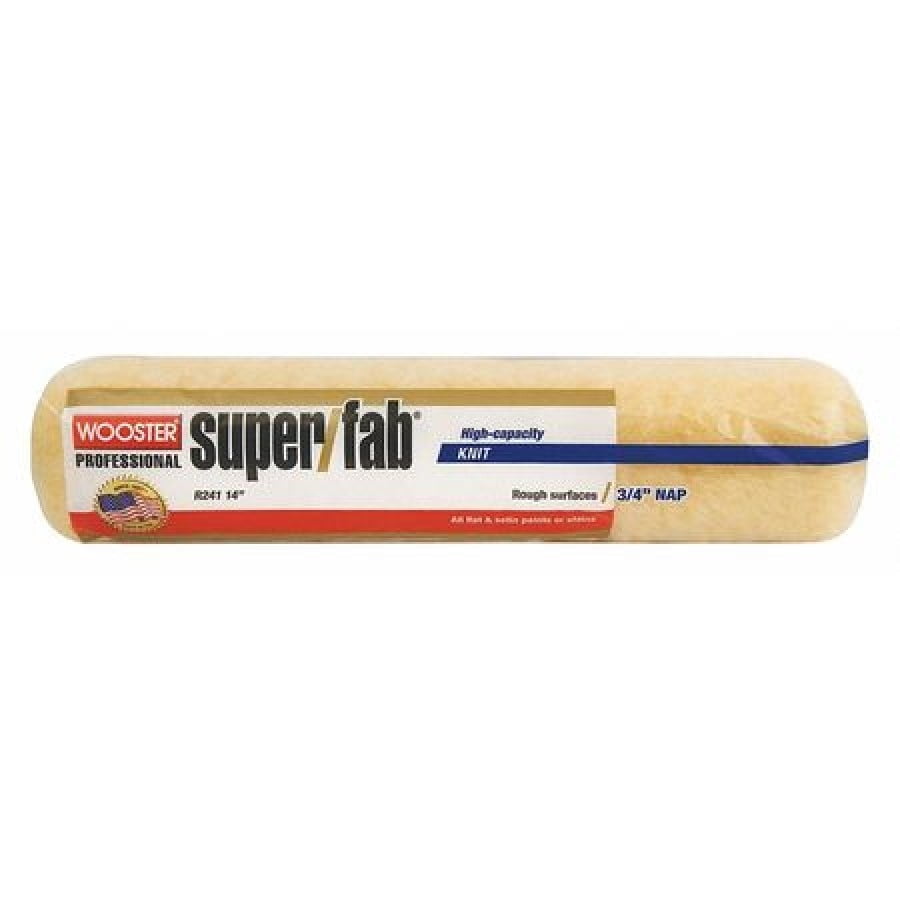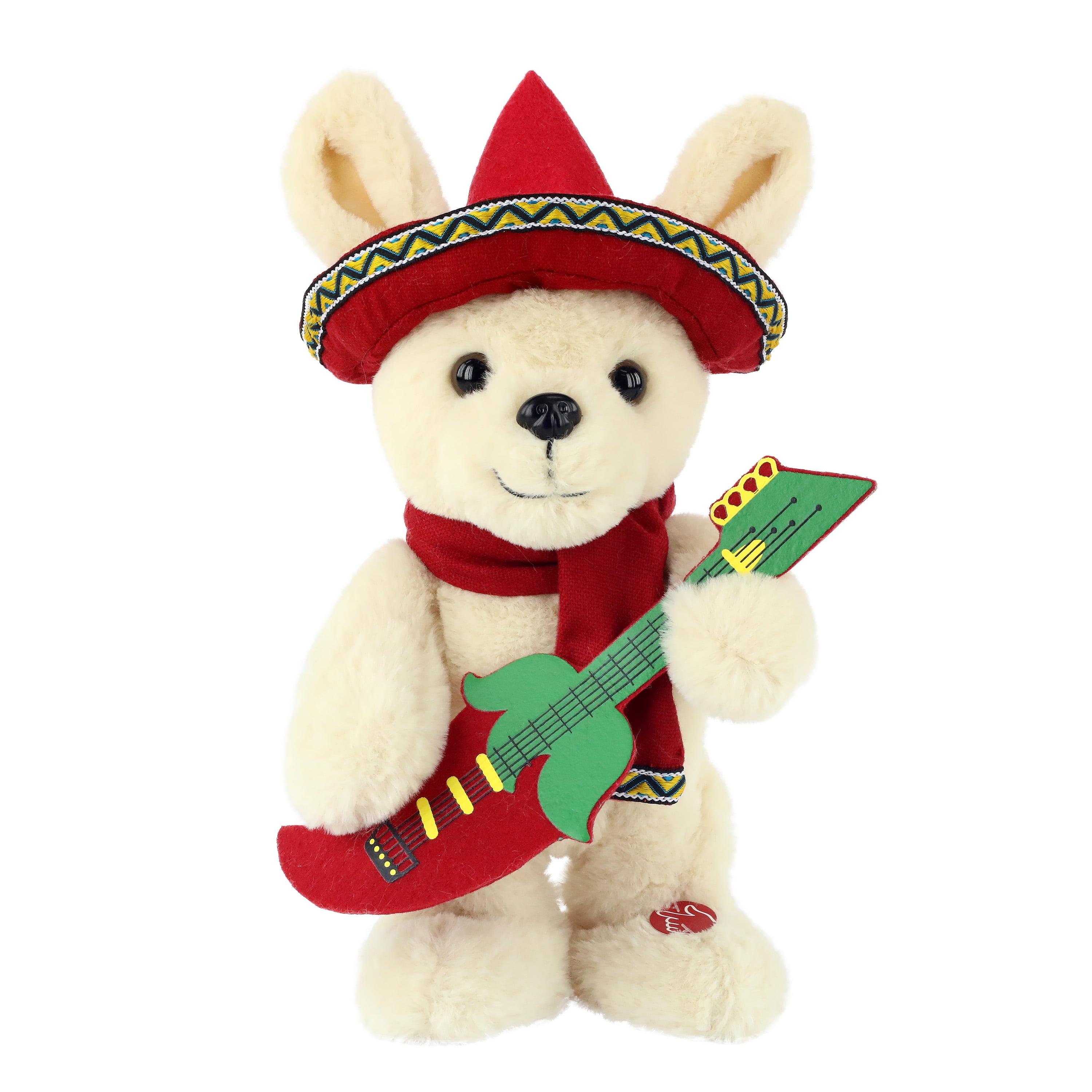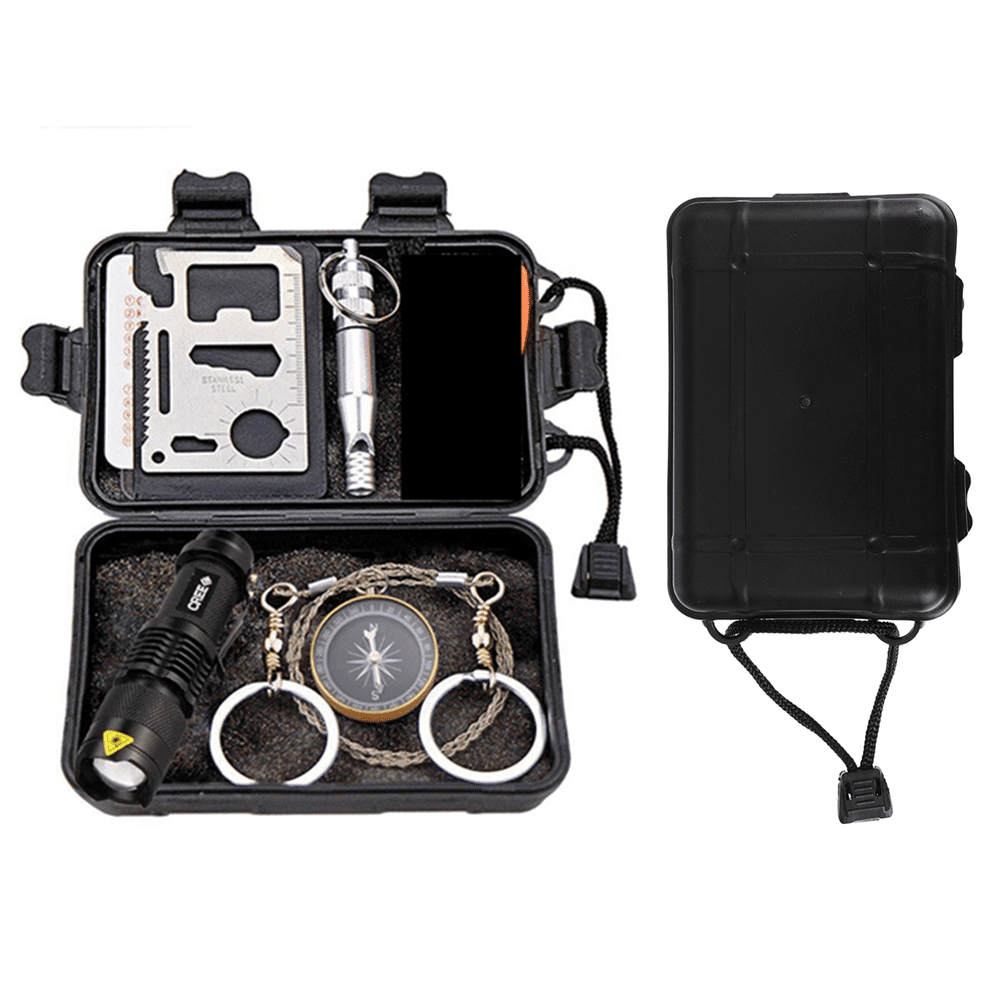

At this point, the lactose and milk proteins – mostly caseins – form what is known as an Amadori product.Īs the reaction continues, the Amadori product can undergo dehydration and oxidation reactions. When you steam milk past a temperature of 100 ☌, this causes “browning” (the Maillard reaction). β-lactose is the more stable form, and also the sweeter form of the two. There are two forms of lactose present in an equilibrium mixture due to mutarotation, α-lactose and β-lactose. Lactose is the carbohydrate component of milk – a disaccharide composed of D-glucose and D-galactose. You should know that whole milk results in a thicker, creamier foam, while skimmed milk results in more foam and larger air bubbles.

The molecules then encompass the air bubbles, protecting them from bursting and creating foam.Īs a result, the different protein content of different milks affects each milk’s ability to maintain that frothy foam decorating your latte. When steaming, the injected air bubbles disrupt these micelles. They can be coagulated and/or denatured by heat, which can subsequently give cooked milk a distinct flavour.Ĭaseins, on the other hand, form something called “micelles”.

Serum, or whey proteins, contain the majority of the nine essential amino acids. The potential chemical composition of a particular milk.

You may also like How to Include Non-Dairy Milks in Your Coffee Shop Menu It’s not just about the breed, either: on the whole, free range farming and unhomogenised milk are also associated with better quality. In spite of this, low-cost companies tend to avoid them, because they produce a lower volume of milk. This is because their milk has high levels of protein, sugar, and butter fat.Īs a result, Jersey milk has become prized among artisanal cheese and ice-cream makers. For example, researcher Morten Münchow has discovered that Jersey cows produce the best milk for texturing. There’s a science behind which types of milk are best for baristas, Joao tells me. However, a milk’s exact qualities all depend on what the dairy cows eat, the conditions they are kept in, and how the milk is treated after it’s been collected. “There’s more to real milk than the red, green, and blue bottle tops,” Joao explains.Įvery farm produces milk with a different fat and protein content, in addition to a grade of sweetness. Credit: Quentin Café “Milk Origin”: It’s Science Barista skills and good-quality milk: both are important.


 0 kommentar(er)
0 kommentar(er)
